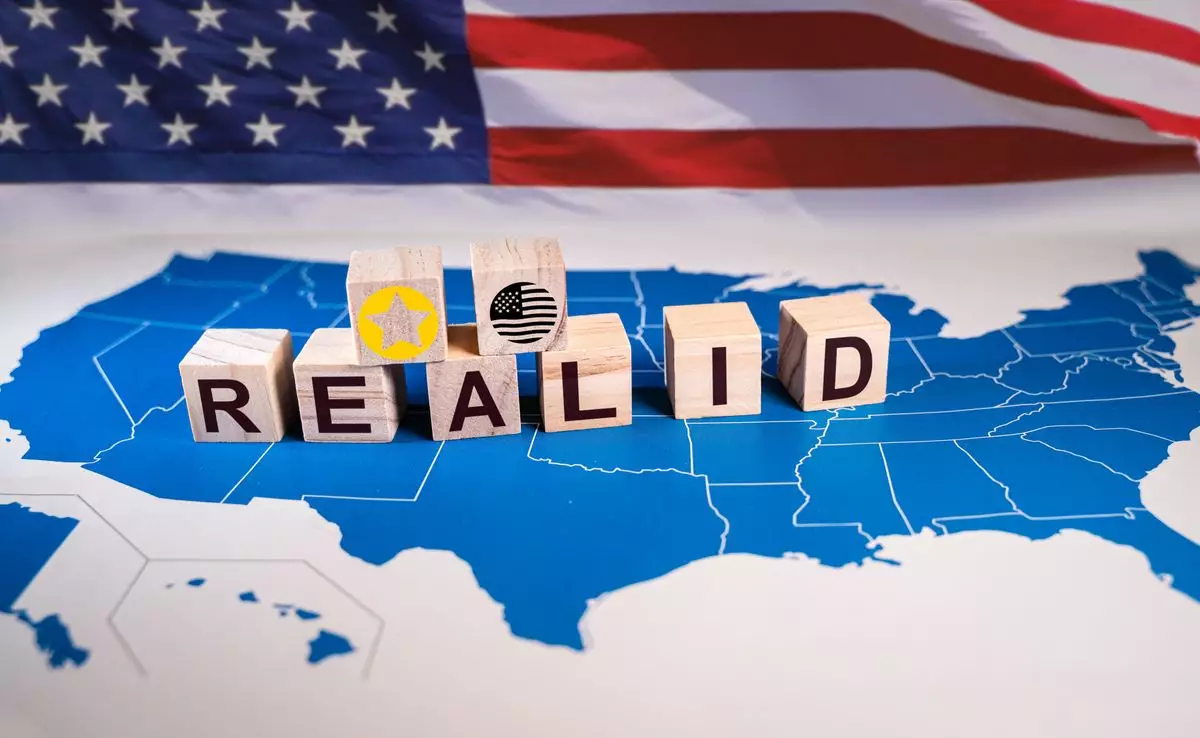Since its implementation in the United States, the Real ID Act has stirred a substantial discourse about travel safety and identification security. As of now, it’s crucial for travelers to recognize that the burden of compliance has shifted onto them. The Real ID—a federally standardized form of identification—aims to close the loopholes that were evident prior to 9/11. Originating as a recommendation from the 9/11 Commission, this act has sparked debates about convenience versus security in spare airport scenarios. While the initial rollout faced significant delays, the government’s recent push to enforce the Real ID requirement at airports reflects an urgent attempt to prioritize national safety over previous laxity in identification verification processes.
Immediate Reactions and Adjustments
The atmosphere at airports nationwide upon the activation of the Real ID requirement reflected a mixture of caution and adaptability. Although many travelers managed to pass through security relatively smoothly, those without proper identification were handed informational flyers detailing the new requirements, accompanied by QR codes directing them to a list of acceptable forms of ID. This method of conveying essential information, although beneficial, further emphasizes the clash between governmental regulatory updates and public readiness. It raises pertinent questions: Are these last-minute notifications truly effective in disseminating critical travel regulations, or do they merely contribute to the chaos?
For airports like Philadelphia International, the proactive approach taken by TSA agents to pre-check IDs before security sets a precedent. This early intervention not only serves travelers but also alleviates some of the last-minute stresses associated with compliance. However, it could also signal a larger issue—namely, the inadequacies in public understanding of identification laws that needed direct address much earlier in the implementation process. If we view travel requirements as a part of greater societal compliance to safety protocols, the rapid transitions can create confusion synonymous with modern life, especially when compounded by technological issues and bureaucratic delays.
Public Sentiment and Backlog Situations
The public’s reaction has been decidedly mixed. On one hand, many individuals have met the compliance challenge head-on, braving long lines at DMV offices across the nation; on the other, there remains a considerable segment of the population expressing deep dissatisfaction. The sentiments echoed through social media and public forums paint a picture of frustration, with individuals like Michael Aceto lamenting the hours spent waiting for IDs. Such narratives reflect an underlying anxiety regarding compliance, indicative of a society caught in a balancing act between safety and expedience.
The government’s assurance that advanced checks would not lead to widespread missed flights serves only as a half-hearted reassurance for many travelers. While the intention is to streamline and secure the air travel experience, there lies an undeniable tension between bureaucracy and traveler efficiency. For instance, real-time posts from airports like LaGuardia evoke a sense of immediate response and adaptability; however, one cannot ignore the underlying logistical challenges that arise with every added layer of security checks.
Looking Forward: A More Secure, But Complicated Future
As we look ahead, the implications of the Real ID Act extend beyond immediate compliance. There is an expectation that as more citizens secure their Real IDs, the infrastructure around travel will evolve—potentially leading to more efficient systems in the long run. However, as evidenced by the data showing a dramatic uptick in applications—as reported by the Minnesota Department of Public Safety—the immediate aftermath presents hurdles that challenge the efficacy of such measures.
If 81% of travelers possess Real IDs, one must ponder the fate of the remaining individuals. Are they being prepared sufficiently for the new requirements, or are they simply being left behind in the conversation? While high-traffic periods, such as holidays, are bound to stress security capacities further, the spectrum of additional checkpoints and screenings foreshadows an ever-changing landscape for air travel in America.
Indeed, airports and government agencies have a pivotal role to play in shaping public understanding about identification regulations. Clear communication, long before deadlines, can alleviate distressing lines and unpredictability. It falls on the collective responsibility of both authorities and citizens to embrace the Real ID as a necessary advancement in the safety realm and to find efficient ways to coexist with these new requirements. The continued evolution of such identification protocols will shape our perception of security and freedom in travel for years to come.


Napsat komentář